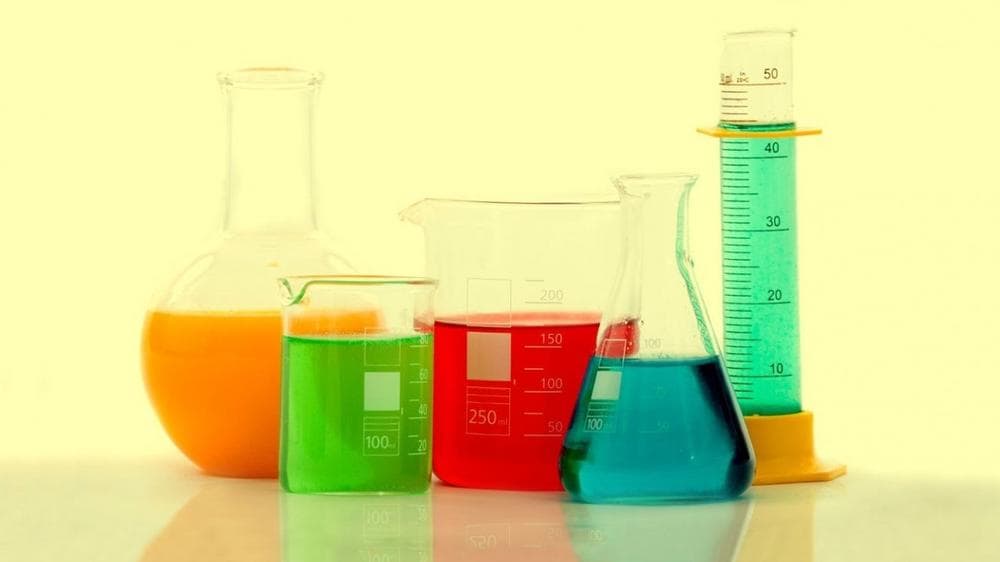Advertisement
New Designer Drugs Are In Legal Gray Area
Resume
A new wave of synthetic drugs has emerged, according to reporting by Vanessa Grigoriadis, a contributing editor at New York Magazine.
The people who seek out these drugs, who call themselves "psychonauts," search researchers’ published papers and patented formulas for compounds that have psychoactive effects.
Sometimes the psychonauts alter the compound to create a psychoactive effect.
"It’s a kind of weird geeky subculture, but very easy to access."
Vanessa Grigoriadis
Reasons for concern
“Some of these drugs could have neurotoxic or even physiologic effects. They’re never tested on humans. Maybe some of them are tested on rodents,” Grigoriadis told Here & Now's Robin Young.
The phenomenon is also making medical research more difficult, she said.
“Nobody wants to have the DEA [Drug Enforcement Agency] looking over your shoulder while you’re trying to make cancer drugs that just happen to hit the same neurological receptor as cannabis,” Grigoriadis said.
The synthetic drugs are technically not illegal because they don’t fit the roster of compounds that the Department of Drug Enforcement has categorized as illegal.
Growing numbers and varieties
There has been a surge in the prevalence of new synthetic drugs, because some psychonauts are having them manufactured in China and shipped to the United States, “right to your PO Box,” Grigoriadis said.

They use a labeling loophole and stamp the words “not for human consumption” on the packages of synthetic drugs to avoid detection, she said.
One novel drug that received a great deal of attention is known as bath salts — similar to an amphetamine — that has caused psychosis in some users.
Other drugs include the “M-bomb series” which induce an effect like LSD, except they have a shorter duration. There are also synthetic cannabinoids which have names like UR 144 and PB 22.
“Some people have called all of these drugs, ‘alphabeticals,’” Grigoriadis said.
Legal gray area
It's been a legal nightmare to prosecute, even though the DEA is aware that it's a problem in the United States.
It is hard for juries to pass a judgment on a “weird compound that a professor in Berlin made ten years ago, and now somebody is manufacturing it in China and shipping it to the U.S. And it’s not chemically similar to the drugs you already know," Grigoriadis said.
The Obama administration has made a number of synthetic cannabinoids illegal, but there are many more chemical compounds out there waiting to be discovered.
A small subculture
The users themselves, Grigoriadis says, cannot number more than 20,000 people. Most use the drugs as thrill seekers, for the novelty of it.
They find each other online, and there are bulletin boards and encyclopedias dedicated to meticulously describing the effects of these drugs—called “trip reports.” Researchers at UC Berkeley are actually using these reports to understand the drugs and their effects.
“Many people who get into sharing about their drug experiences on the internet also become really enamored of taking new drugs, just by virtues of it being new. They are fascinated, and they want to know what it’s like,” Grigoriadis said. “It’s a kind of weird geeky subculture, but very easy to access.”
- Read Vanessa Grigoriadis's piece, "Travels in the New Psychedelic Bazaar"
Guest:
- Vanessa Grigoriadis, contributing editor at New York Magazine. She tweets @thevanessag.
This segment aired on June 4, 2013.